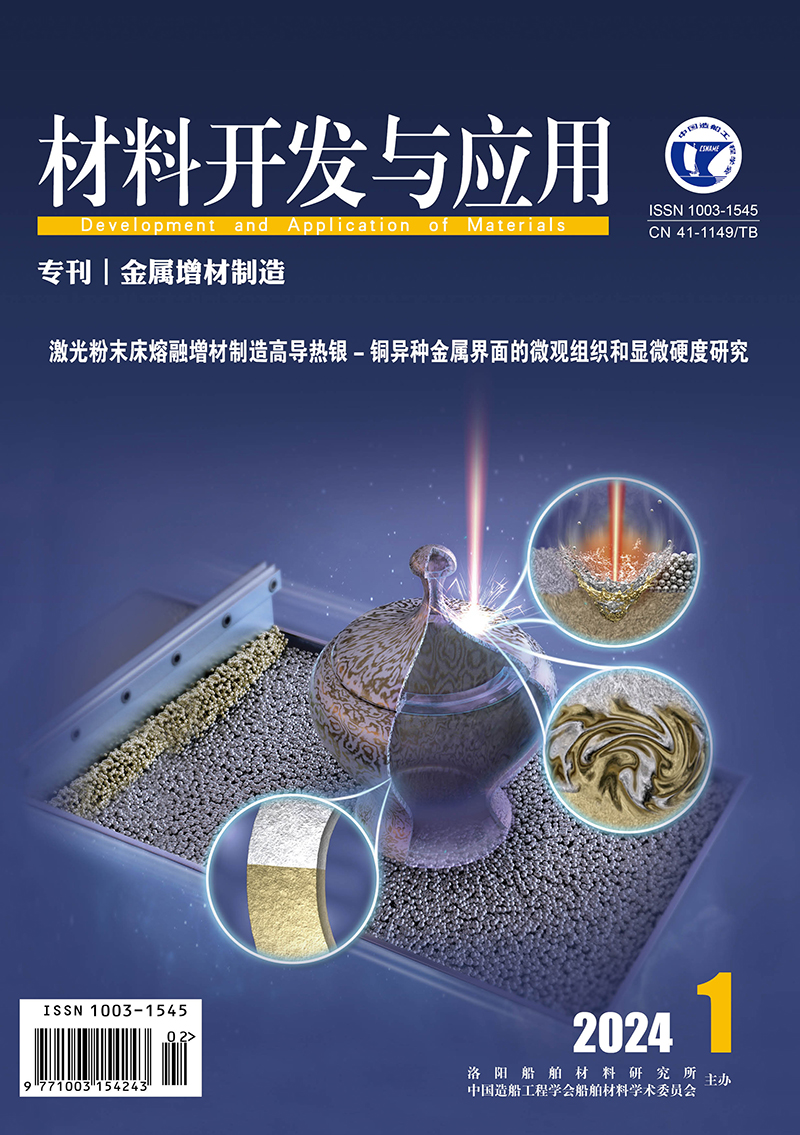2021 Vol. 36, No. 4
Display Method:
2021, 36(4): 1-8.
Abstract:
2021, 36(4): 9-13.
Abstract:
2021, 36(4): 14-22.
Abstract:
2021, 36(4): 23-27.
Abstract:
2021, 36(4): 28-33.
Abstract:
2021, 36(4): 34-38.
Abstract:
2021, 36(4): 39-43.
Abstract:
2021, 36(4): 44-50.
Abstract:
2021, 36(4): 51-56.
Abstract:
2021, 36(4): 57-61.
Abstract:
2021, 36(4): 62-66.
Abstract:
2021, 36(4): 67-71.
Abstract:
2021, 36(4): 72-75.
Abstract:
2021, 36(4): 76-81.
Abstract:
2021, 36(4): 82-88.
Abstract:
2021, 36(4): 89-93.
Abstract:


